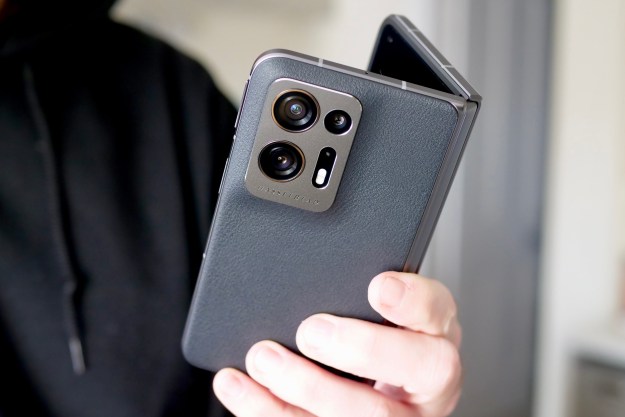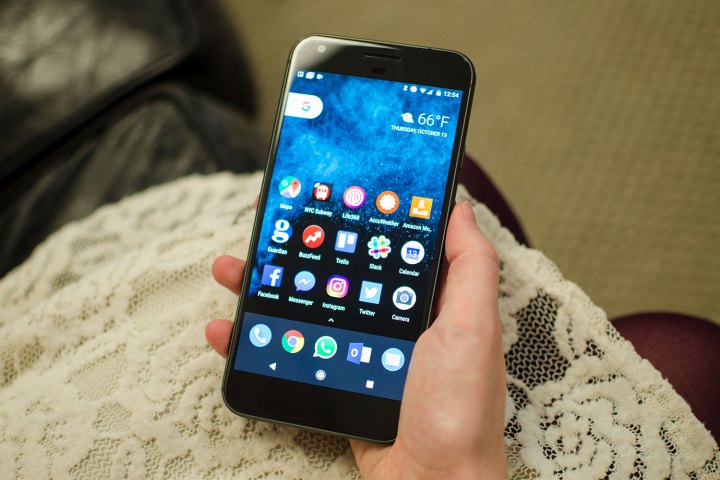
Just how do the OnePlus 3T and Google Pixel XL compare? They’re both excellent phones, but does one have the edge over the other? We put the two devices head to head to find out.
Performance
|
Google Pixel XL |
OnePlus 3T |
|
| Size | 154.7 × 75.7 × 8.5 mm (6.09 × 2.98 × 0.33 inches) | 152.7 × 74.7 × 7.4 mm (6.01 × 2.94 × 0.29 inches) |
| Weight | 5.93oz | 5.57oz |
| Screen | 5.5-inch AMOLED | 5.5-inch AMOLED |
| Resolution | 1,440 × 2,560 pixels | 1,080 × 1,920 pixels |
| OS | Android 7.1 Nougat | Android 6.0 Marshmallow with Oxygen OS |
| Storage | 32GB/128GB | 64GB/128GB |
| SD Card Slot | No | No |
| NFC support | Yes | Yes |
| Processor | Qualcomm Snapdragon 821 | Qualcomm Snapdragon 821 |
| RAM | 4GB | 6GB |
| Connectivity | GSM/CDMA/HSPA/EVDO/LTE | GSM/CDMA/HSPA/EVDO/LTE |
| Camera | 12.3MP Rear / 8MP Front | 16MP Rear / 16MP Front |
| Video | 4K | 4K |
| Bluetooth | 4.2 | 4.2 |
| Fingerprint sensor | Yes | Yes |
| Water Resistant | No | No |
| Battery | 3,450mAh | 3,400mAh |
| Ports | USB-C, Headphone | USB-C, Headphone |
| Quick Charging | Yes | Yes, Dash Charge |
| Wireless Charging | No | No |
| Color options | Quite Black, Very Silver, Really Blue | Gunmetal, soft gold |
| Price | $649 | $440 |
| Availability | Unlocked, Verizon | Unlocked |
| DT Review | 4 out of 5 stars | Coming soon! |
There are some pretty drastic differences between these two phones, but they’re both still 2016 flagships, so they have some similarities too. For example, both the Google Pixel XL and the OnePlus 3T feature the Qualcomm Snapdragon 821 processor, the company’s most powerful mobile processor currently available. The OnePlus 3T couples it with a hefty 6GB of RAM, however, more than most other flagship devices on the market today. By comparison, the Google Pixel XL features only 4GB of
There’s no denying that means the OnePlus 3T will perform a little better in both benchmark tests and the real world. No, it’s not a huge performance boost, but it’s enough to be mentionable.
The OnePlus 3T takes things a step further by offering a little more storage. Both of the top-tier versions of the phones offer 128GB of storage; the step-down Google Pixel XL model is just 32GB, while the OnePlus 3T has a 64GB option.
Whether it be the processor or the storage options, the OnePlus 3T is the clear winner in the performance department.
Winner: OnePlus 3T
Design
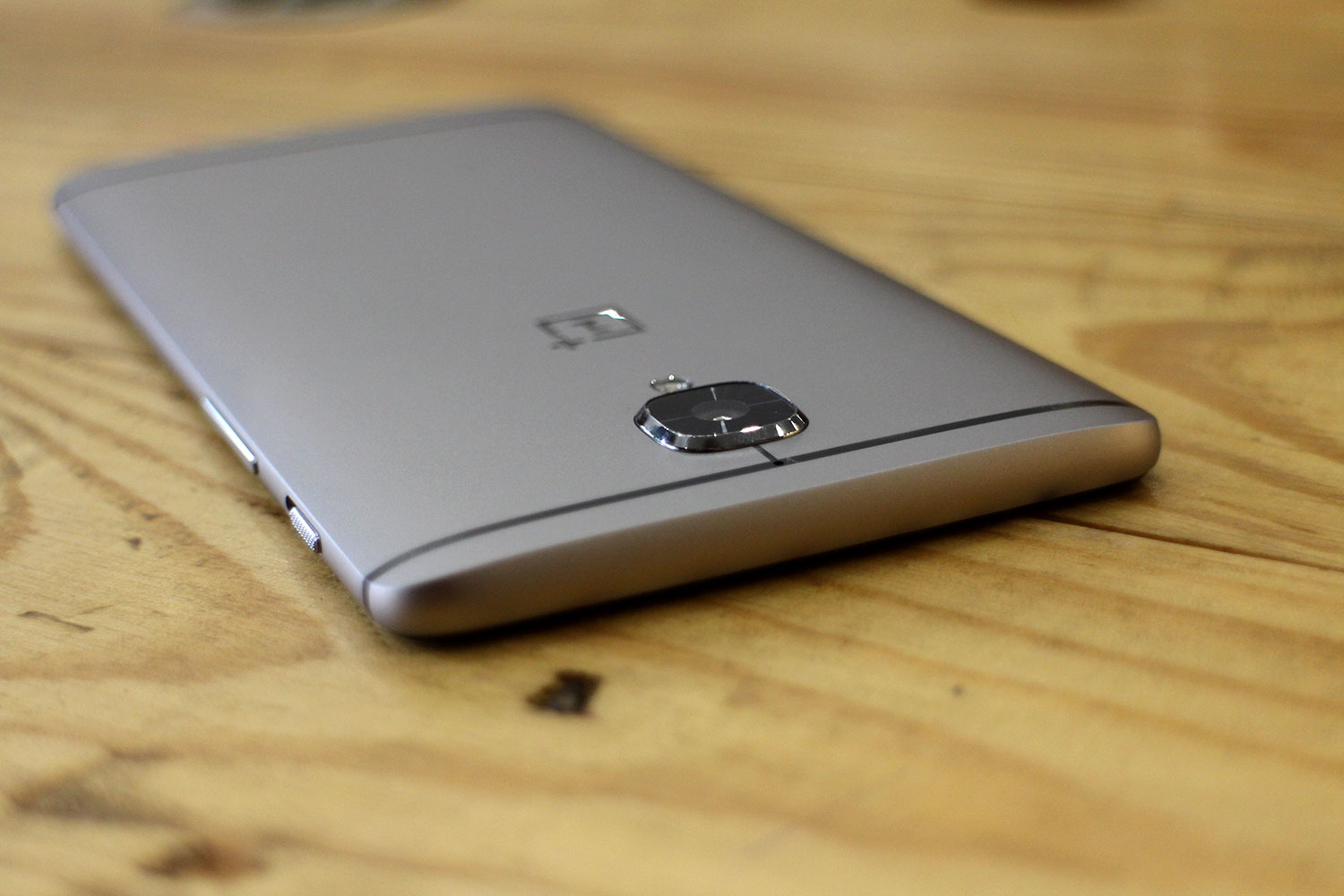
Design is more subjective than performance and specs, but a few things don’t come down to individual preference. For example, while the Pixel XL comes in at only 8.5mm thick, the OnePlus 3T goes a step further, sitting at only 7.4mm thick. In fact, the OnePlus 3T is smaller in every dimension, and lighter too: The Pixel XL is 5.93 oz, and the OnePlus 3T weighs in at 5.57 oz.
When it comes to the basic look of the phones — well, that’s up to you. The Pixel XL looks slightly more modern, we think. The OnePlus 3T has a nice design, but the aluminum unibody look is aging a little. That doesn’t mean it’s useless though — the Pixel XL uses glass in the top third of its back, which is more prone to breaking when dropped.
On the back of the Pixel XL, you’ll find the fingerprint sensor, which is perfectly located for when you pick up your phone. The OnePlus 3T also has a fingerprint sensor, but it’s on the chin of the phone rather than the back — so you’ll probably use your thumb to unlock your phone more often than you’ll use your pointer.
On the bottom of both you’ll find a USB-C port; on the OnePlus 3T you’ll also find a headphone jack. Don’t panic yet, Google fans — the Pixel XL still has a headphone jack, it’s just on the top of the phone.
Overall look is subjective, but the fact that the OnePlus 3T is lighter and smaller while retaining the same screen size gives it the slight edge.
Winner: OnePlus 3T
Battery and charging

When you look at the stats of the batteries, you would be hard press to say that one is really better than the other. Sure, the Google Pixel XL offers a tiny 50mAh improvement over the OnePlus 3T, but that’s hardly enough to represent any real advantage other than perhaps a few minutes of use.
On top of that, it seems as though OnePlus’ Dash Charge is a little quicker than the quick charging that Google uses in the Pixel XL, at least according to a video produced by OnePlus. Sure, we take that with a grain of salt considering its origin, but there’s no reason to doubt the results yet.
Considering the batteries are pretty much the same and the fact that the OnePlus’ charging seems to be a little faster, we’re giving this one to the OnePlus 3T.
Winner: OnePlus 3T
Display

Here’s where the Google Pixel XL really has a chance to claw back some points, and claw it does. OnePlus often uses a cheaper display as a way to cut costs on its phones, and it has done the same this time around. While the OnePlus 3T features a 1,080 × 1,920 pixel AMOLED display, the Pixel XL takes things a step further with a 1,440 × 2,560 pixel display. Both screens are 5.5 inches, which basically means that the Pixel XL’s is quite a lot sharper than that on the OnePlus 3T.
There’s really no contest here — both displays are AMOLED and 5.5 inches, but the higher resolution really puts the Google Pixel XL on top.
Winner: Google Pixel XL
Camera

The Google Pixel XL has been hailed for the quality of its camera, and for good reason — it’s amazing. Pictures are vibrant and sharp, both on the rear-facing and the front-facing shooter. That doesn’t mean that OnePlus has nothing to offer.
The rear-facing camera on the Google Pixel XL is 12.3 megapixels, which falls short of the 16 megapixels on offer from the OnePlus 3T. Both cameras offer an f/2.0 aperture, which should be good for most low-light shots, and while the Pixel XL has electronic image stabilization, the OnePlus 3T takes things a step further with actual optical image stabilization. Both have phase detection autofocus, but the Pixel also has laser autofocus.
The front-facing camera on the OnePlus 3T is a step ahead of almost all of the competition, also offering a 16-megapixel sensor, while the Pixel XL lags behind with 8 megapixels.
Let’s make something clear: A camera’s quality isn’t really defined by any of these things. There are plenty of factors at play in photography, like software processing, sensor manufacturer, and so on. Without access to the OnePlus 3T yet, we can only compare things on paper, which makes it the winner here. Again, that could change once we see the camera in action.
Winner: OnePlus 3T
Software
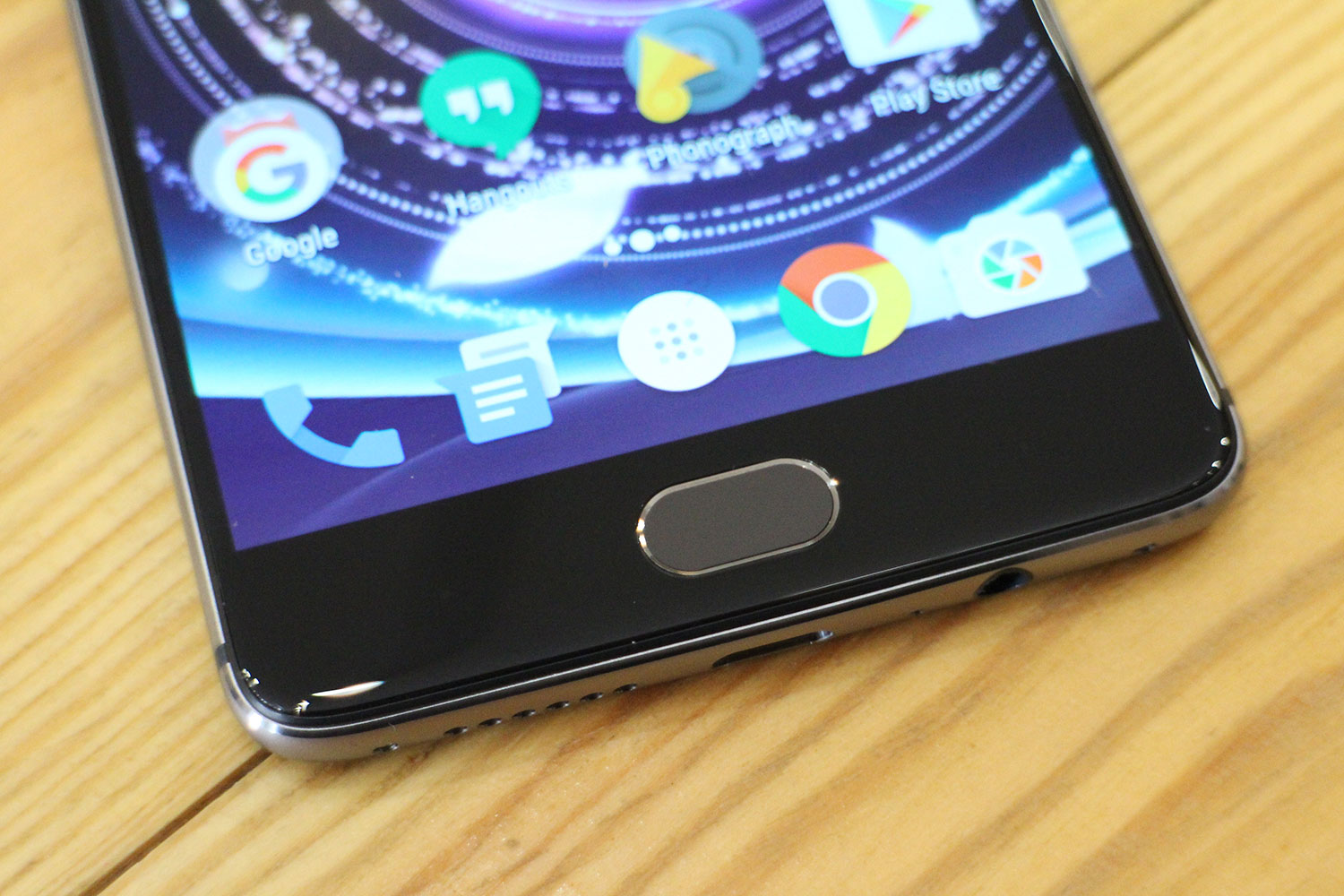
Both phones run Android 7 Nougat, but for now, the Pixel XL runs the newer
Some will prefer the slightly toned down version of Android on the Google Pixel XL, which brings
Which is the best basic user interface is down to personal preference, but there’s one thing that isn’t — updates. Google Pixel devices will get updates to the latest version of Android almost immediately after they’re released, meaning that the Pixel will always have the best security and the latest features. That’s not necessarily true of the OnePlus 3T, which has to make its own tweaks to
Winner: Google Pixel XL
Price and availability
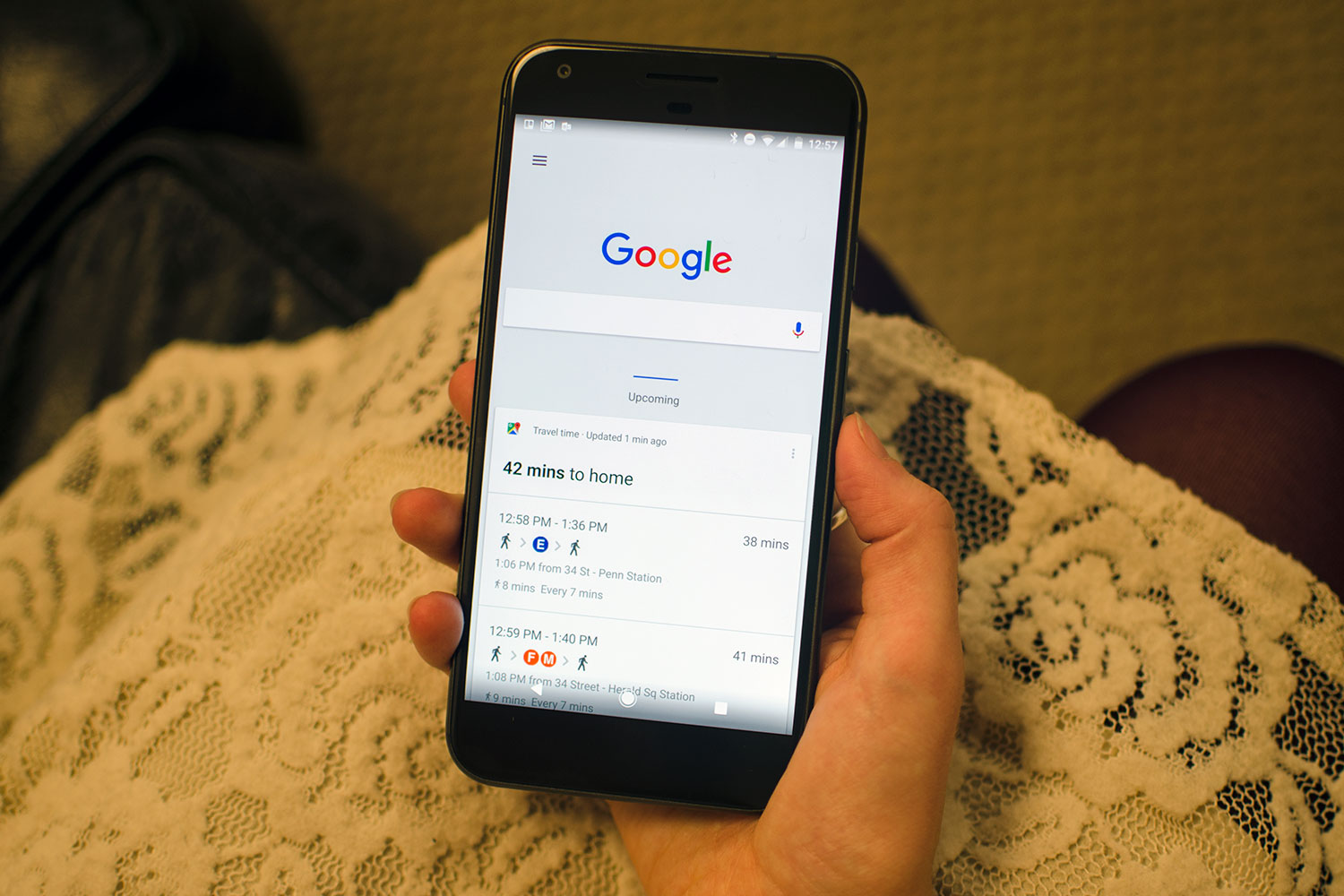
The Google Pixel XL was released around a month ago now, and is available unlocked from the Google Store, from Verizon, and from Best Buy (it has yet to come to the other major carriers). The OnePlus 3T will be available to buy from the OnePlus store on November 22, and will likely only be available directly from OnePlus.
Availability is one thing, but price is another question, one that puts the ball firmly in OnePlus’ court. While the Google Pixel XL costs $770 for the 32GB version or $870 for the 128GB option, OnePlus makes waves in the industry yet again with a super cheap $440 for the 64GB option of the OnePlus 3T or $480 for the 128GB version. This one’s a clear win for OnePlus.
Winner: OnePlus 3T
Winner: OnePlus 3T
With top specs and a seriously cheap price, it’s hard to beat the OnePlus 3T. There’s no denying that the Google Pixel XL is an excellent phone, but it just doesn’t get the edge over the OnePlus 3T’s extra RAM, faster charging, and price.
The Google Pixel XL does have access to quick updates and a better display. If those things are important for you, then perhaps the Pixel XL is the right phone for you — but otherwise, it seems you can’t do much better than the OnePlus 3T.
Editors' Recommendations
- This Google Pixel 8a leak just spoiled everything about the phone
- The best Android phones in 2024: the 14 best ones you can buy
- The best OnePlus phones in 2024: these are the ones to buy
- OnePlus is about to put the Google Pixel 8 Pro to shame
- Best OnePlus 11 deals: Save $100 on the Android phone


